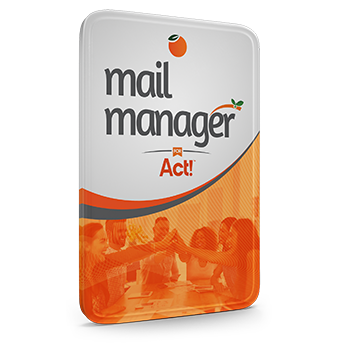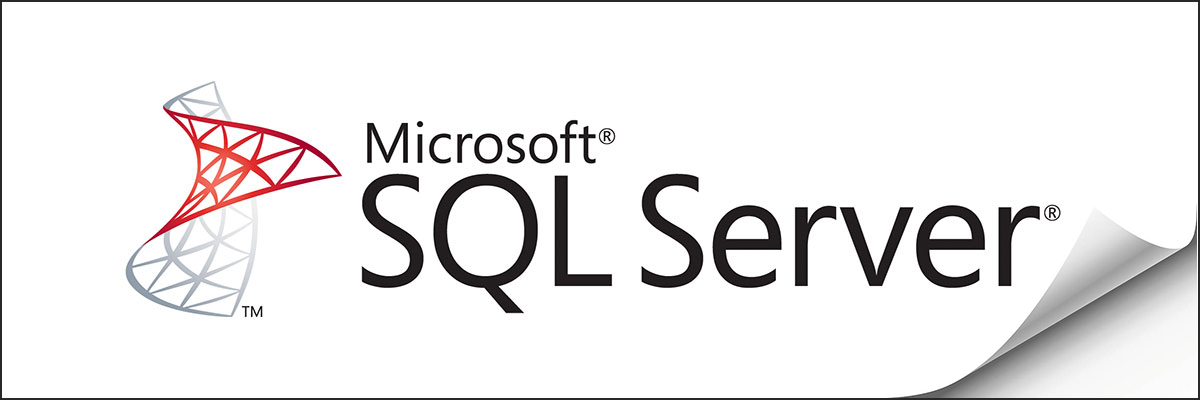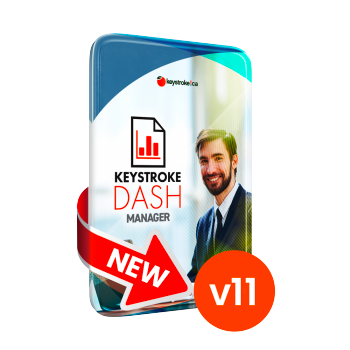Recent survey results suggest that a majority of Act! users who upgraded to Act! v24 or v25 from a 32-bit version may still be using the soon-to-be-deprecated SQL 2014. If you're not familiar with the risks of using unsupported versions of SQL, please read this blog. To reduce the security risk for this cohort, we encourage them to upgrade to the safer SQL Server 2019 by following a series of simple steps to ensure a smooth transition.
Here’s a high-level overview of this SQL upgrade process:
- Verify Your Current Versions: Check your current SQL and Act! versions to confirm the need for an upgrade
- Holding down the Windows key + R, typing in "actdiag" in the dialogue box, and clicking OK will show you the SQL version you're using with Act!
- Backup Your Act! Database: It’s critical to back up your Act! databases before proceeding with the upgrade.
- This practical advice all database upgrades
- Uninstall Act!: Remove the current version of Act! from your system from the Control Panel, and then Uninstall SQL Server 2014 ACT7 Instance
- This step is necessary to prepare for the new SQL Server 2019 installation.
- Restart your computer: Act! will always check if a restart is pending, so it is best to do this before attempting to reinstall Act!.
- Install Act! v25: The final step is to reinstall Act! v25, which will include the new SQL Server 2019.
Please note that Act! Pro v24 users cannot upgrade to v25 since Act! Pro was discontinued with the v24 version.
Also, unlike previous versions of Act!, the v24 version of Pro is feature-gated, so it uses the same installer as the Premium software.
You can perform an "in-place upgrade" of SQL 2014 to 2019 using the download file HERE, following the similar upgrade instructions for upgrading 2014 to 2016 spelled out in this blog. Given the simplicity and reliability of the five steps listed above, Keystroke recommends this approach over in-place upgrades.
Remember, it’s important to ensure that your system meets the requirements of SQL Server 2019 before starting the upgrade process. If you encounter any issues or have specific questions during the upgrade, Keystroke will respond to emailed inquiries sent to




































